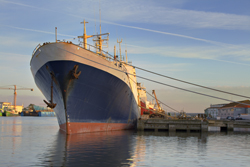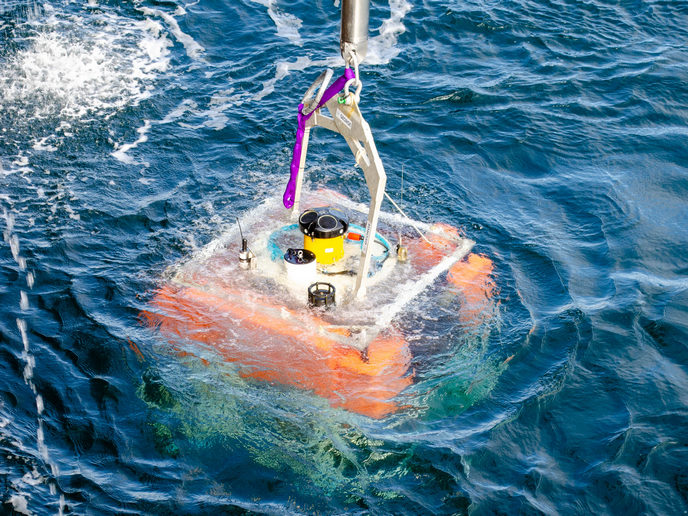Tools for monitoring illicit marine oil discharges
It is against the law for ships to dump oil, but unfortunately this practice is more commonplace than one might think. The oil wreaks havoc upon the marine ecosystem, in particular birds. Patrolling the seas with aircraft is not feasible, so alternative methods of monitoring need to be developed. The participants in the RTD project entitled OCEANIDES took up this challenge with the support of the Energy, Environment and Sustainable Development Programme. The approach involved the development of novel algorithms to process images produced by Synthetic aperture radar (SAR) equipment aboard satellites. Scientists with the Federal Institute of Hydrology in Germany, an OCEANIDES partner, were responsible for evaluating the accuracy of the algorithms. Two campaigns were carried out during which RADARSAT and ENVISAT images were analysed in near real-time. Verification of oil slicks was provided by research aircraft. The performance of the algorithms was gauged by the number of false positives and negatives. As it turns out, the correct prediction of a spill was positively correlated with the confidence level of the system's operator. In fact, when specific slick features were present, the frequency of false positives was practically negligible. Another valuable contribution of the German researchers was the identification of conditions, both weather- and instrument-related, that increased the chances of a false negative. Finally, it should be noted that the position of the oil slick was pinpointed relatively quickly, often within one hour of receiving the satellite data. Consequently, the OCEANIDES participants have recommended the adoption and systematic application of the algorithms in an effort to better manage illegal oil discharges at sea.







